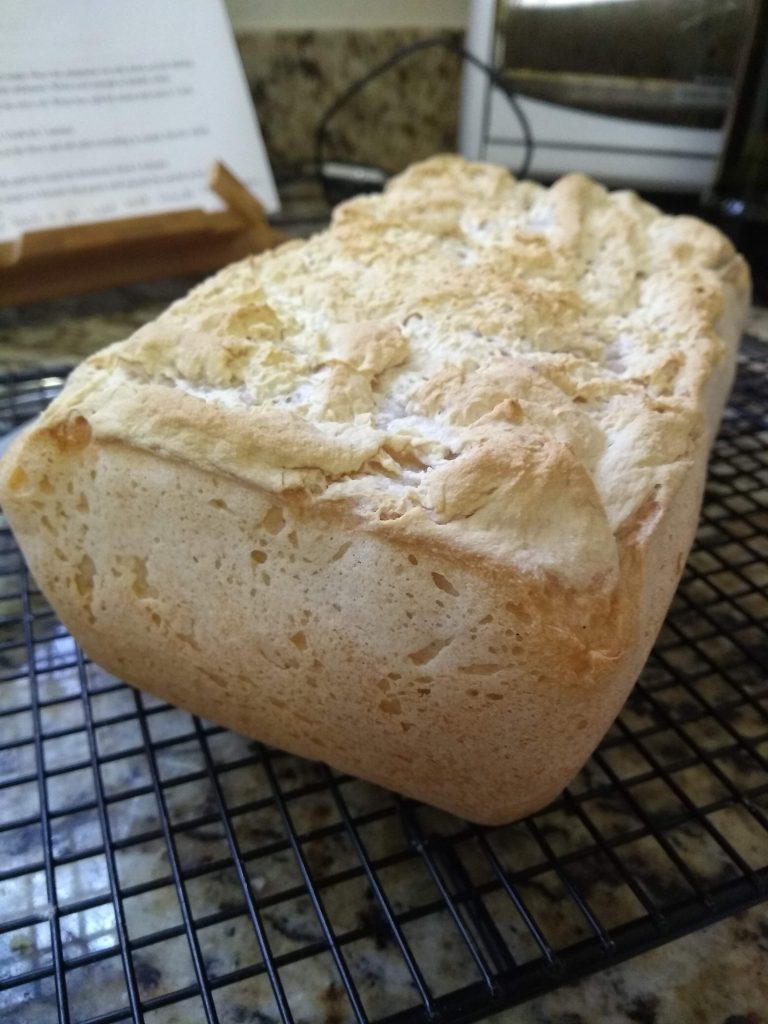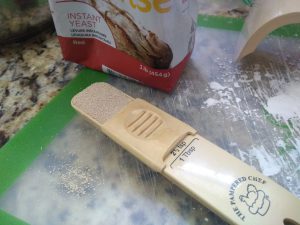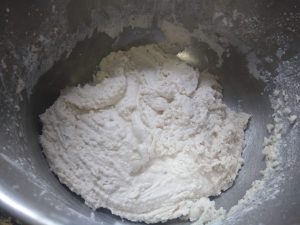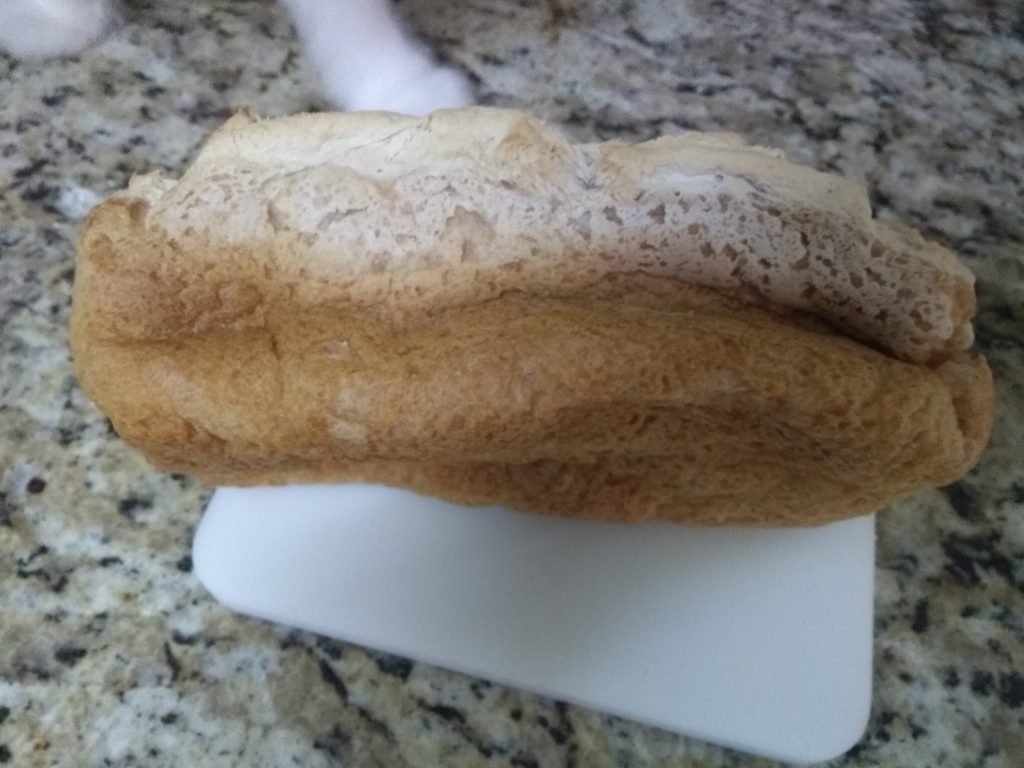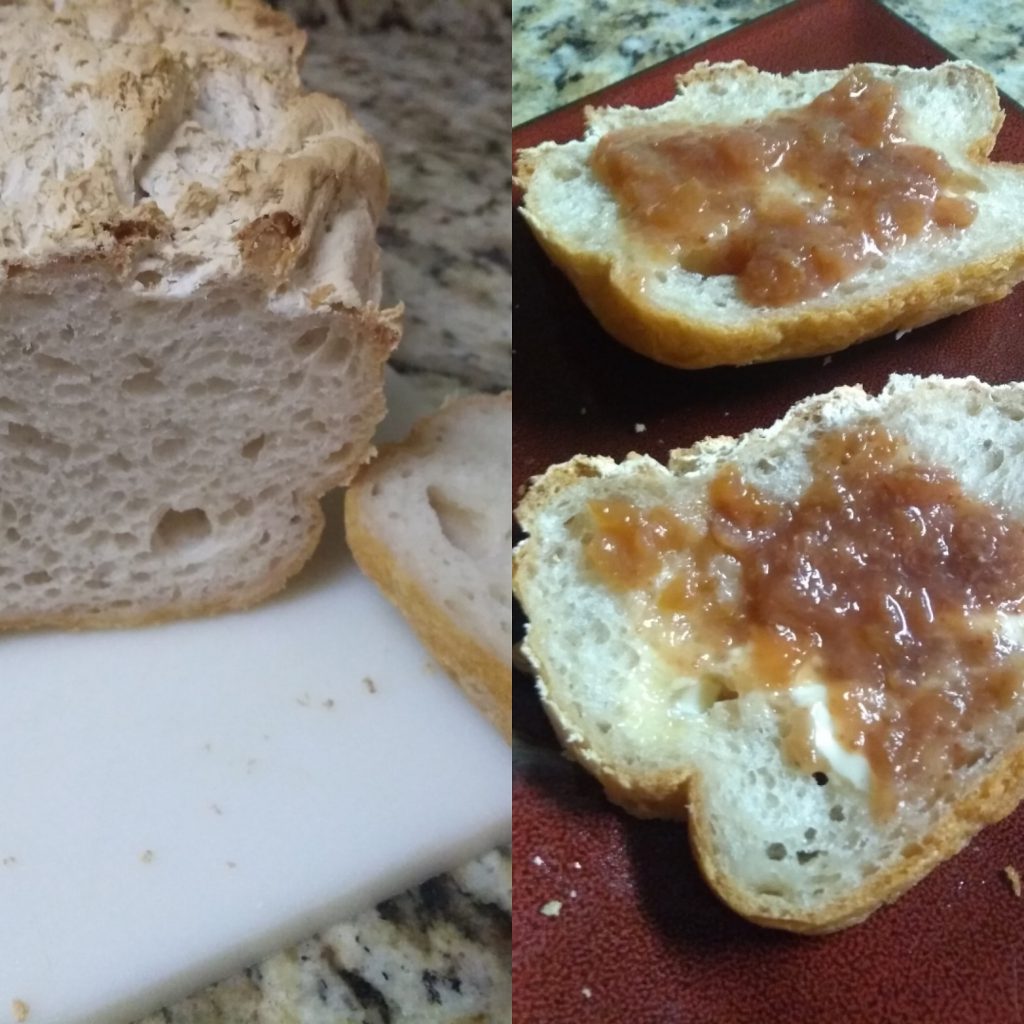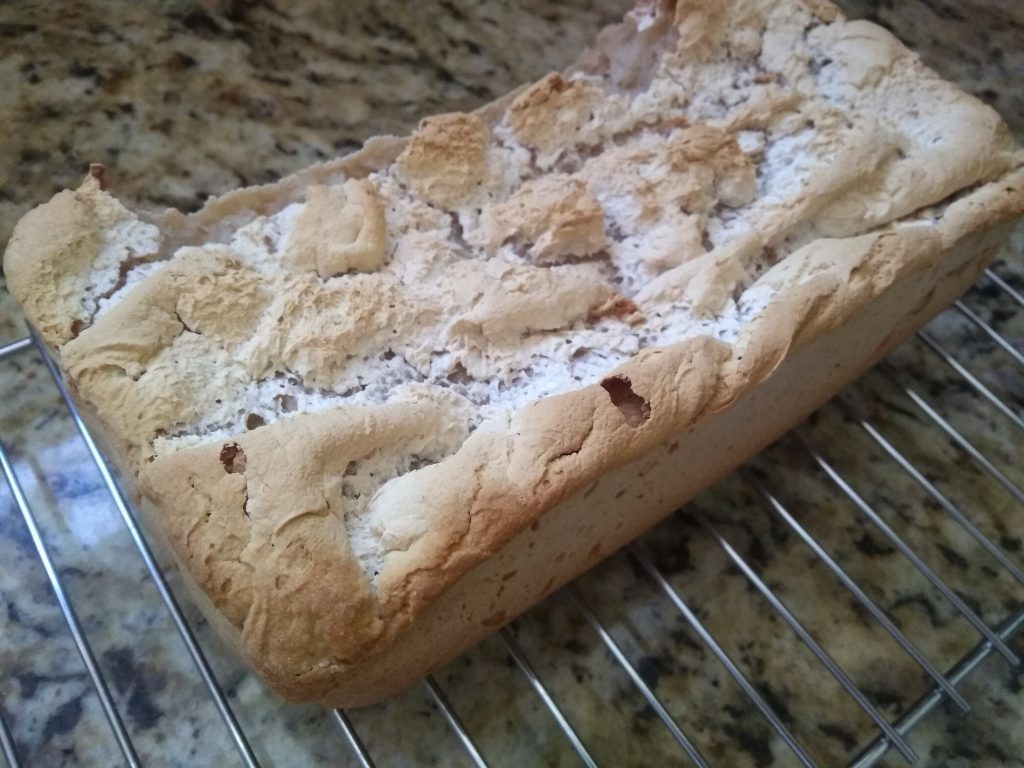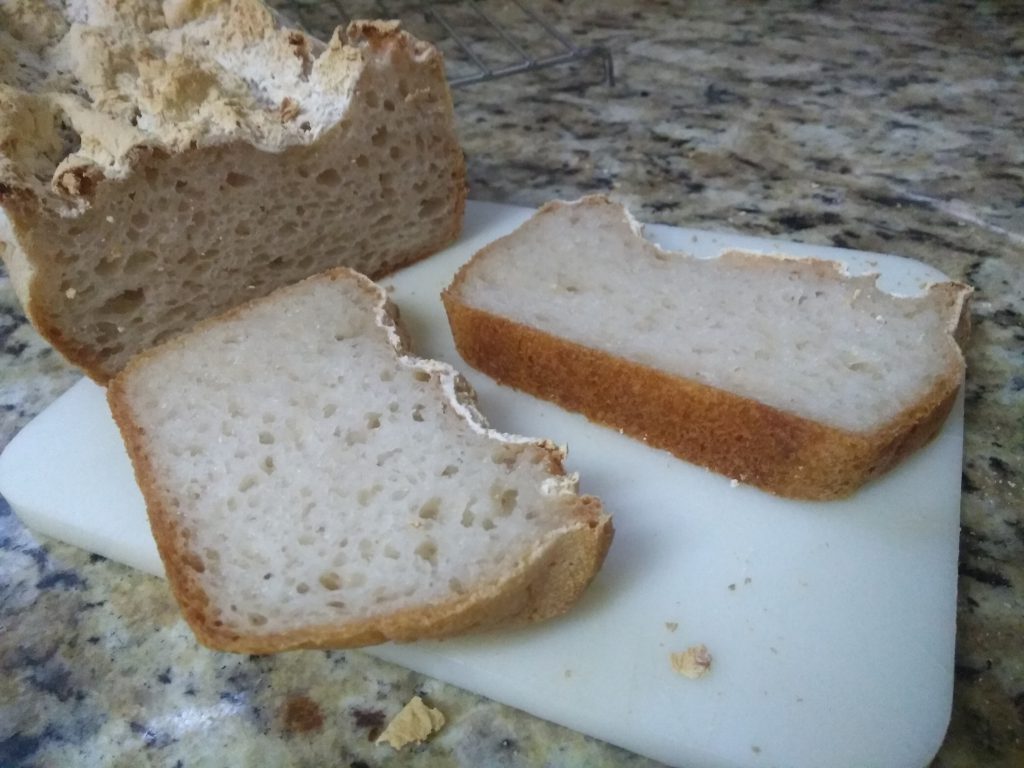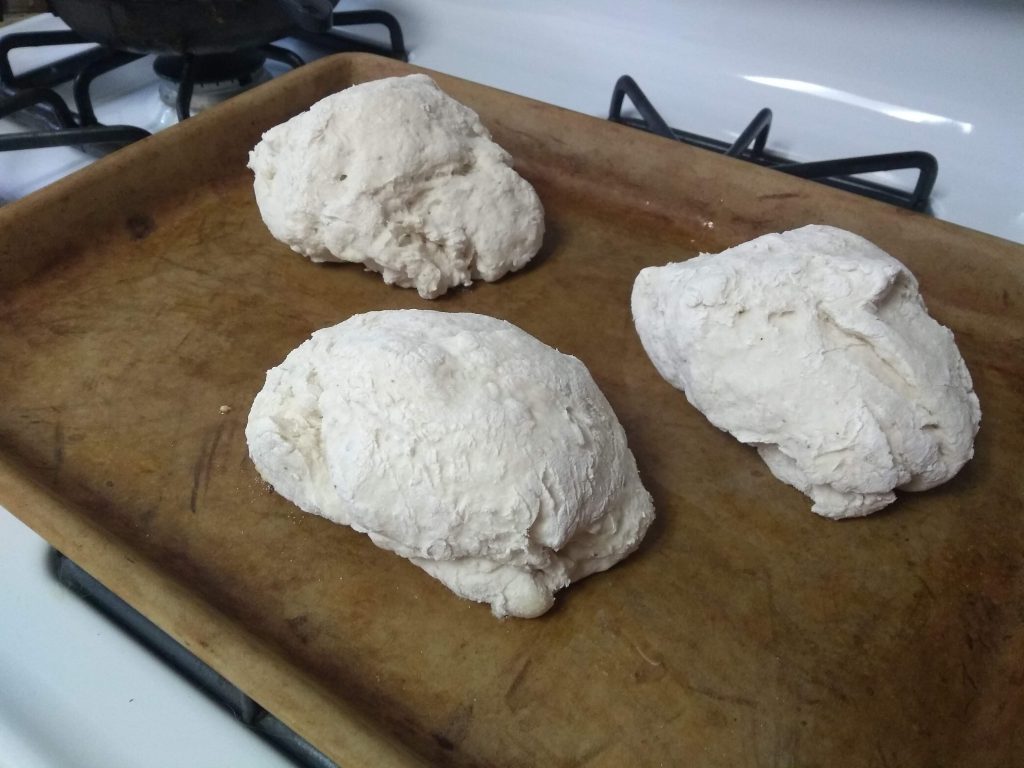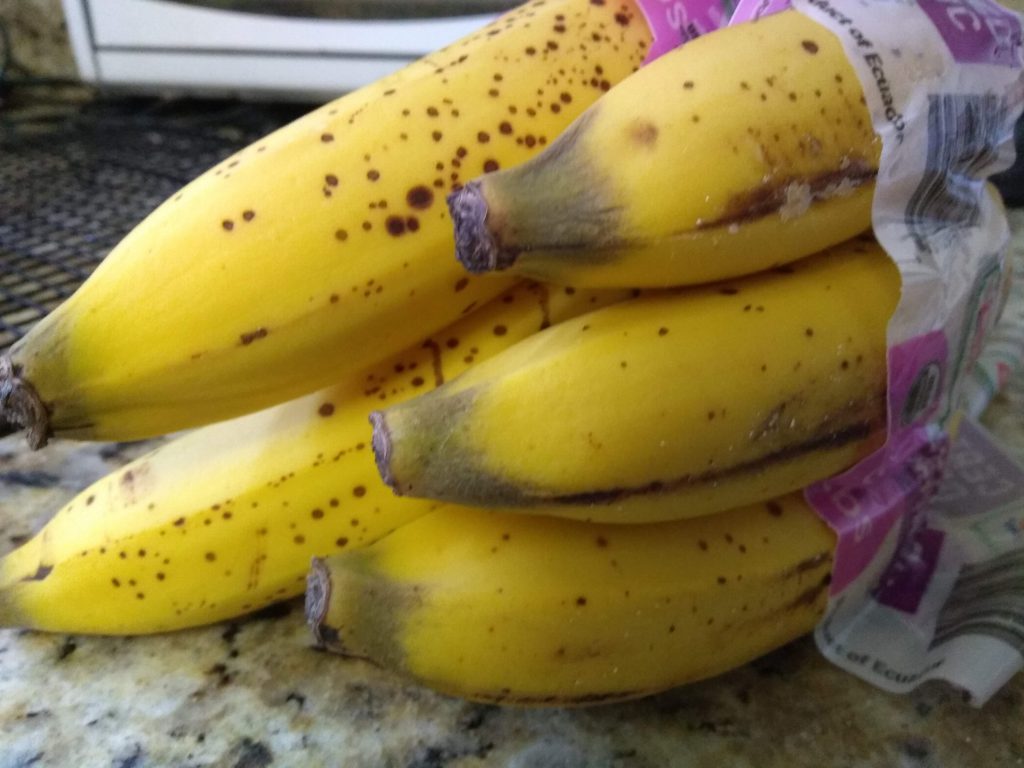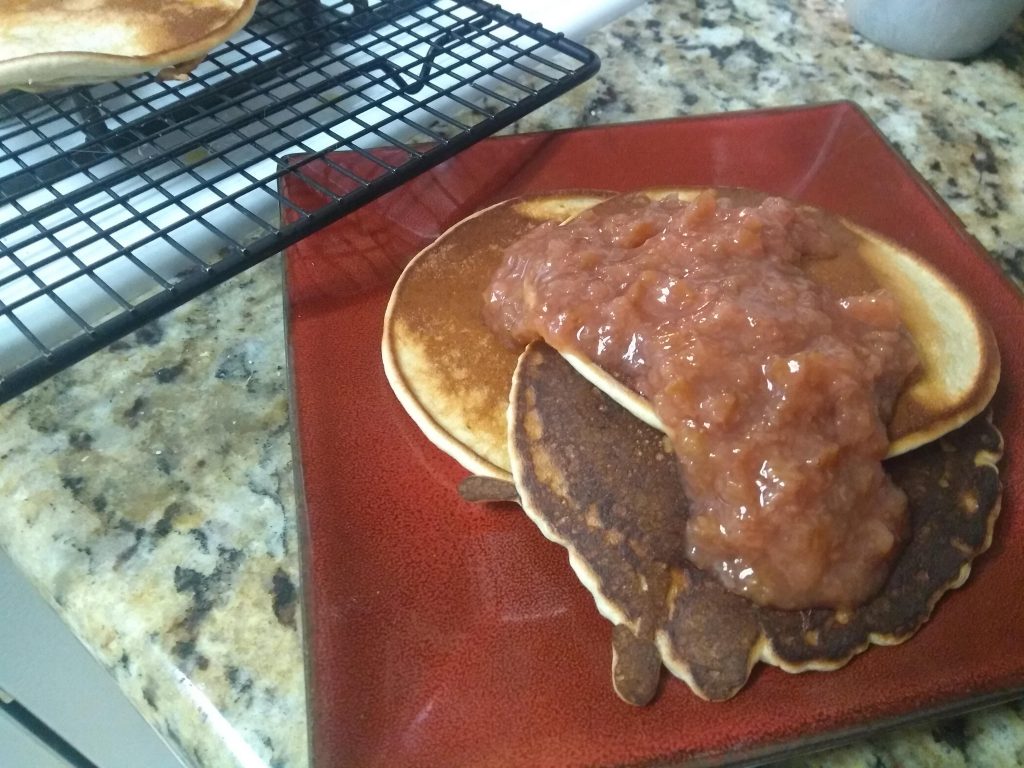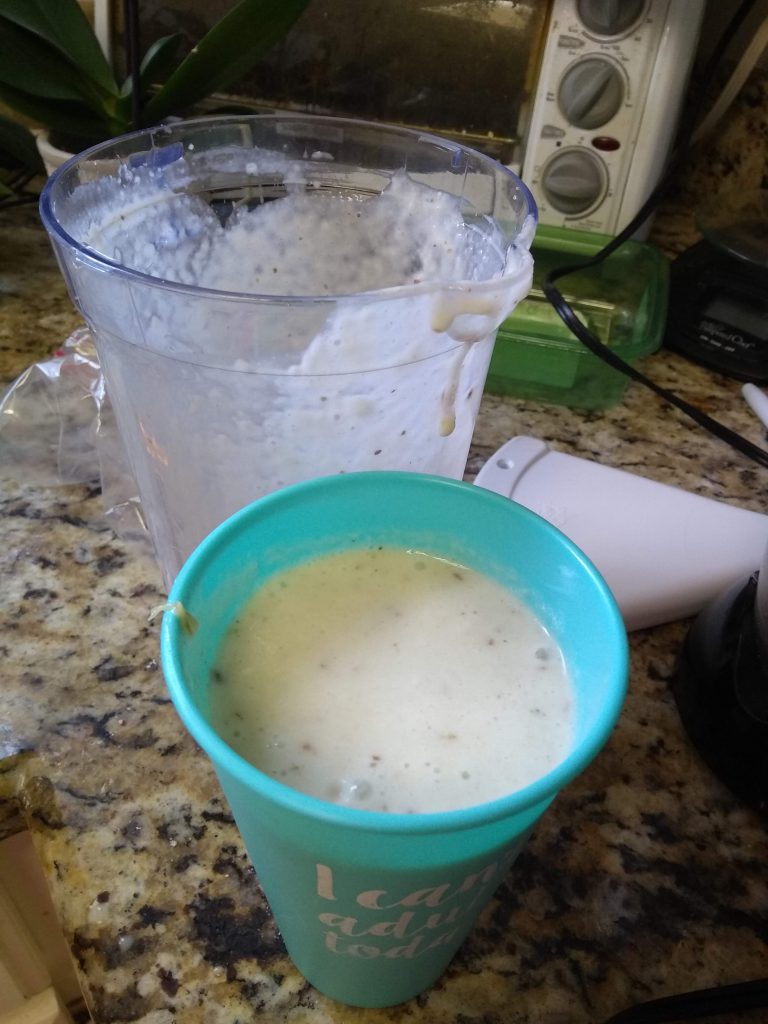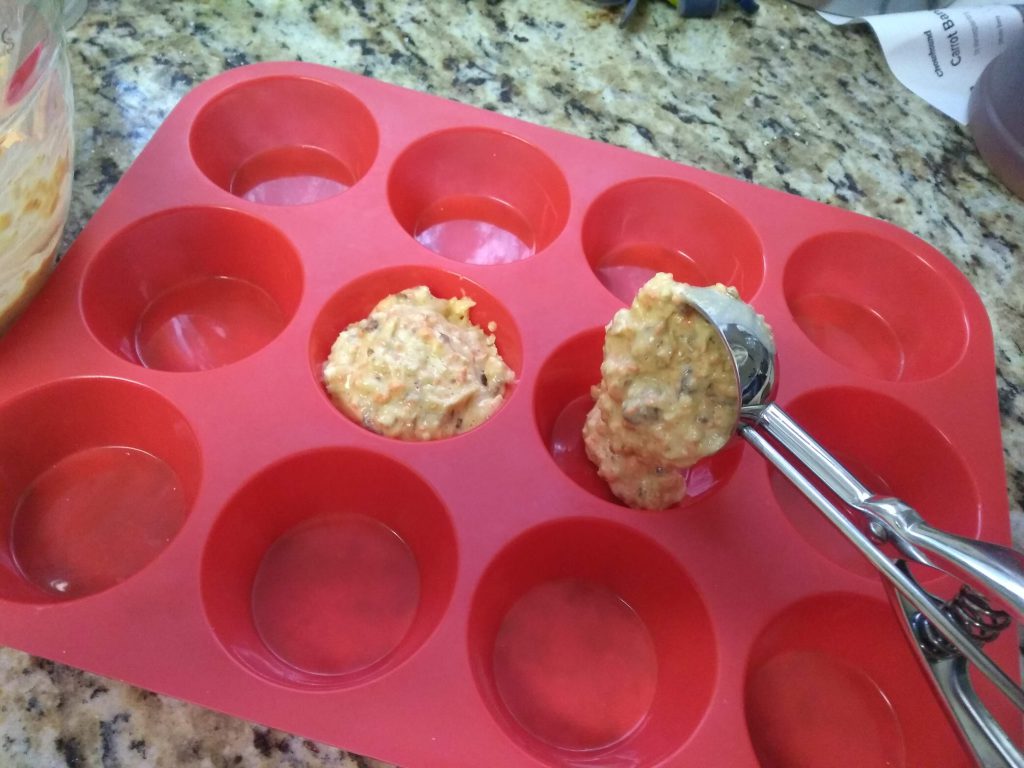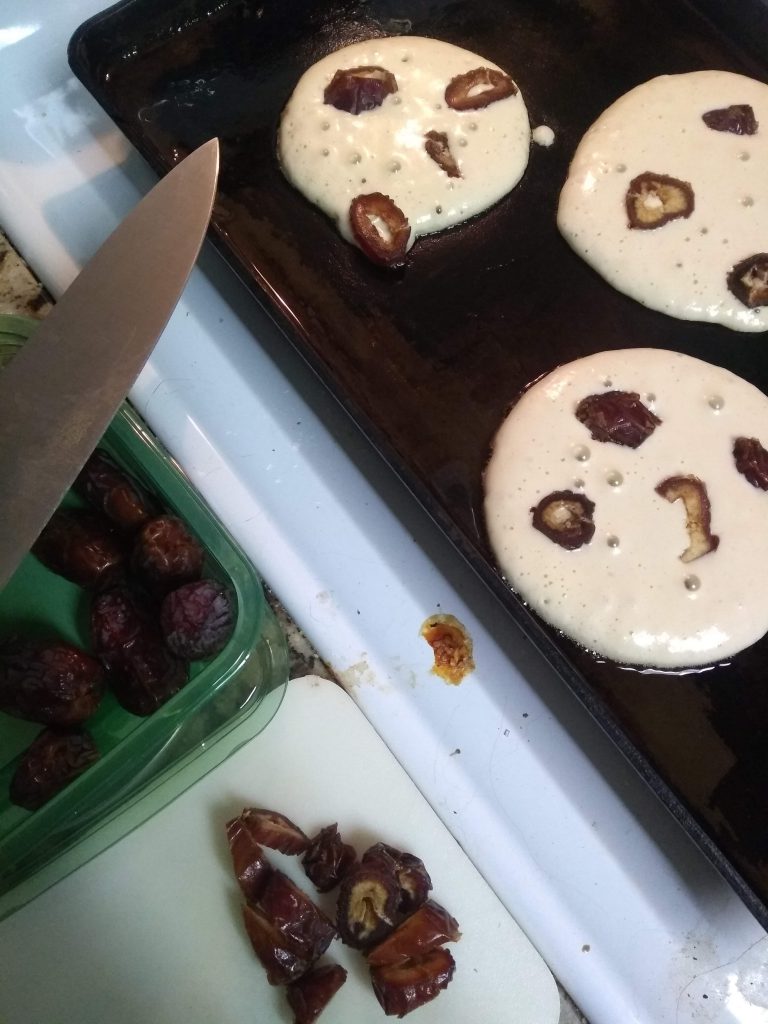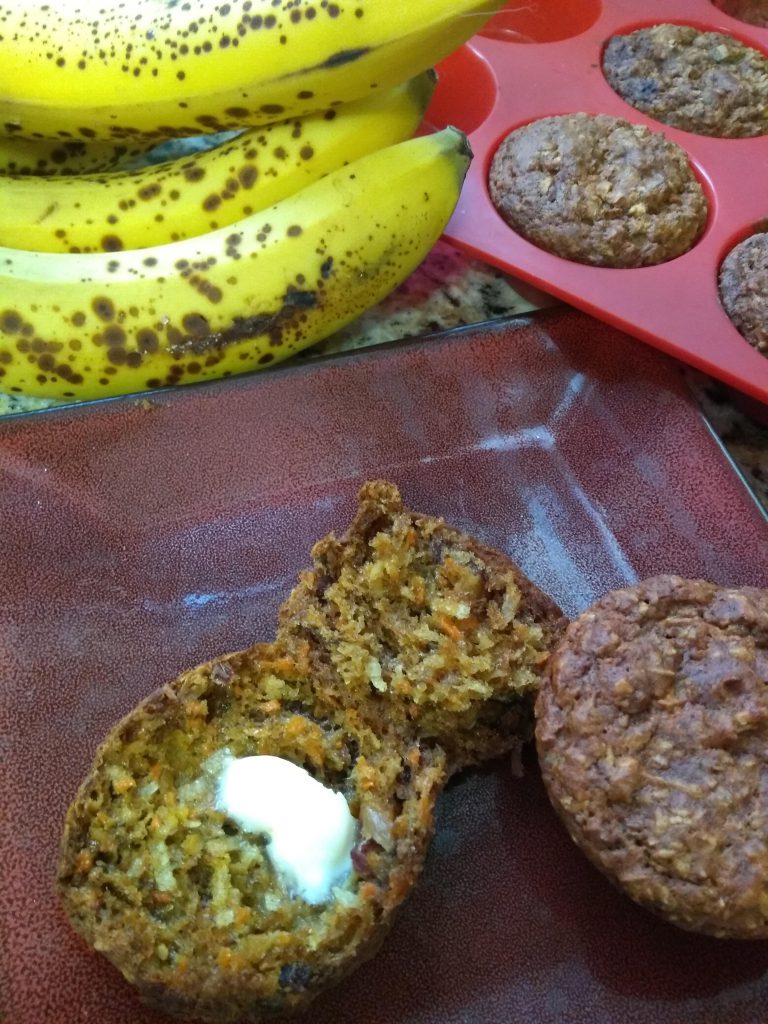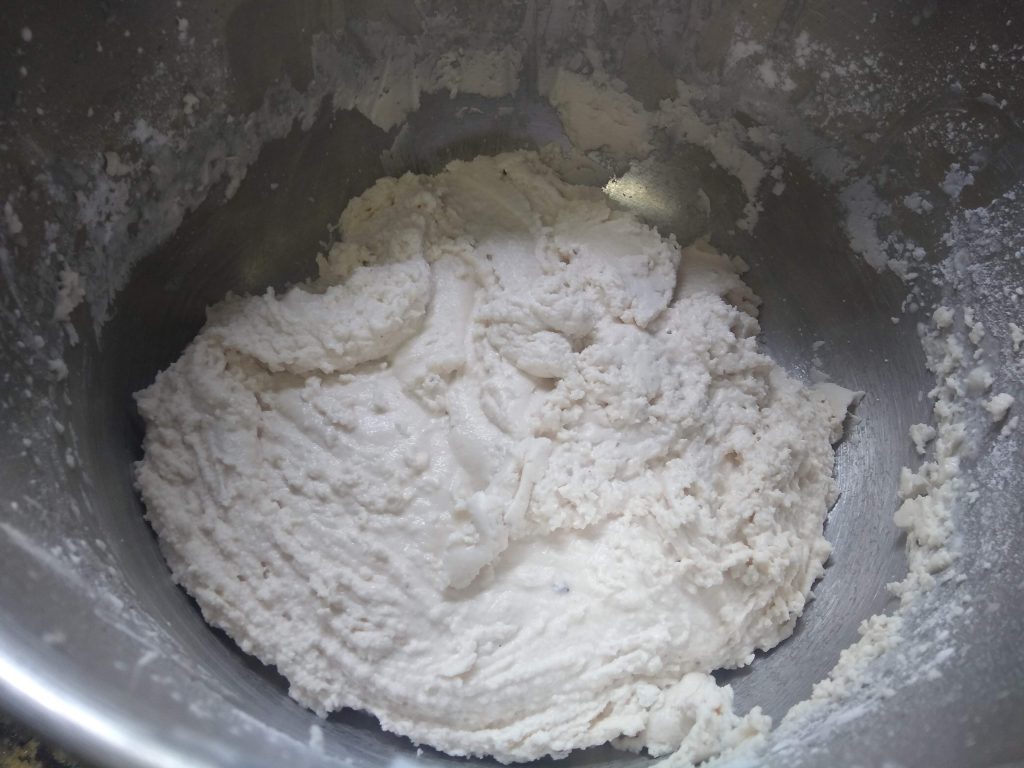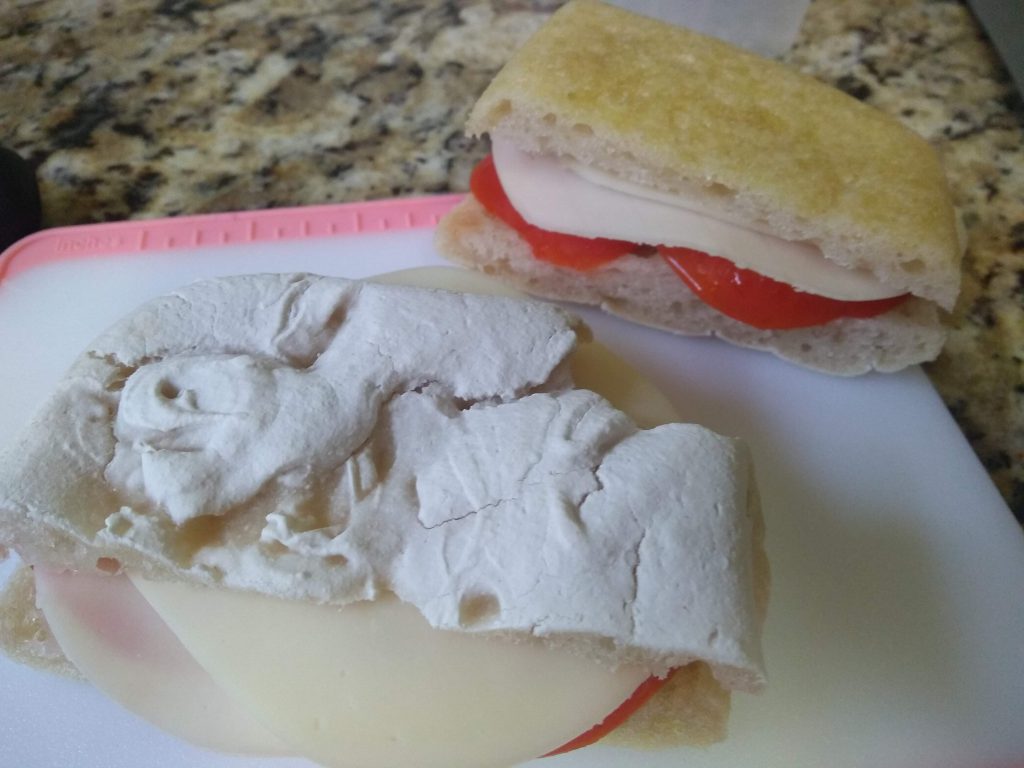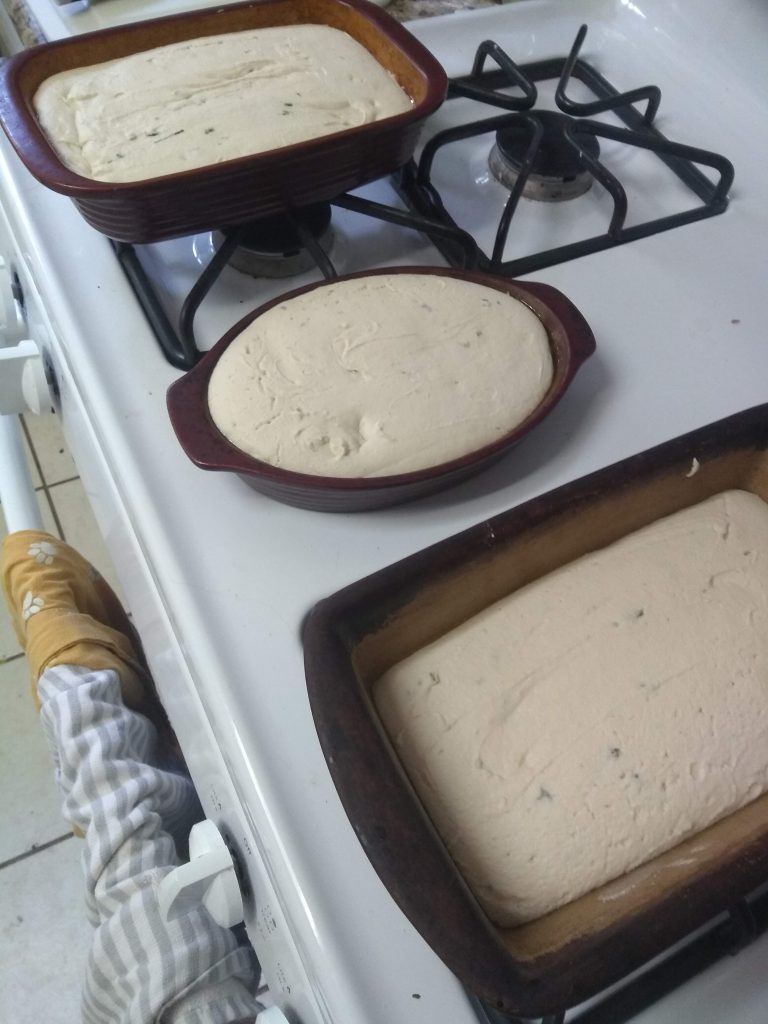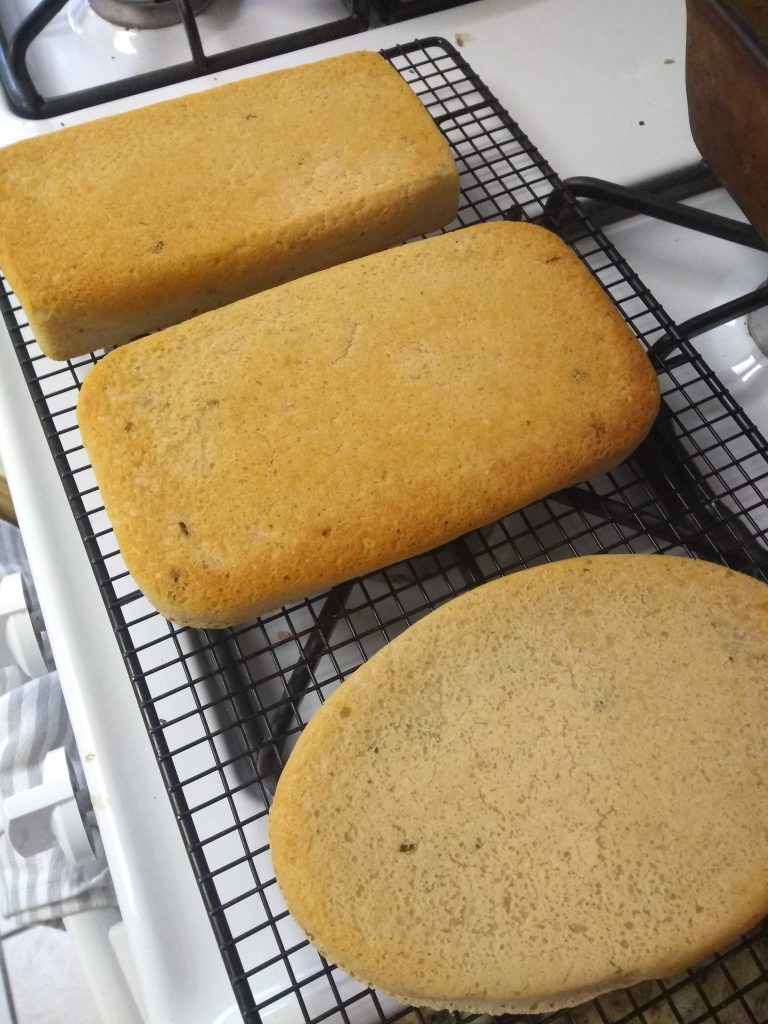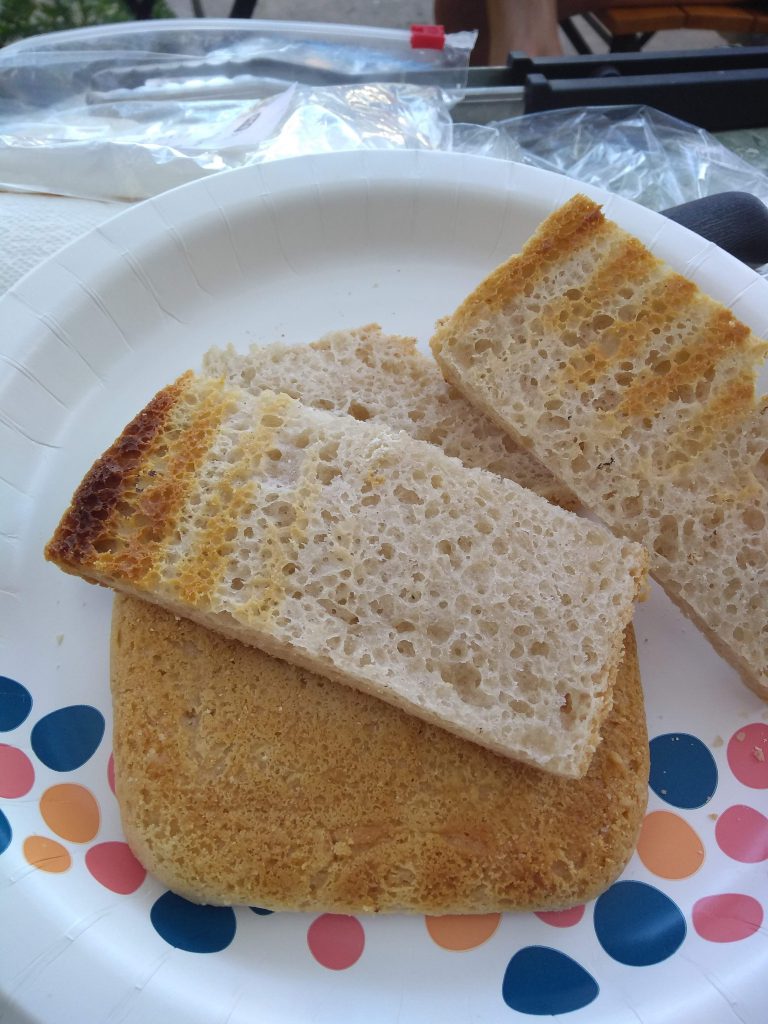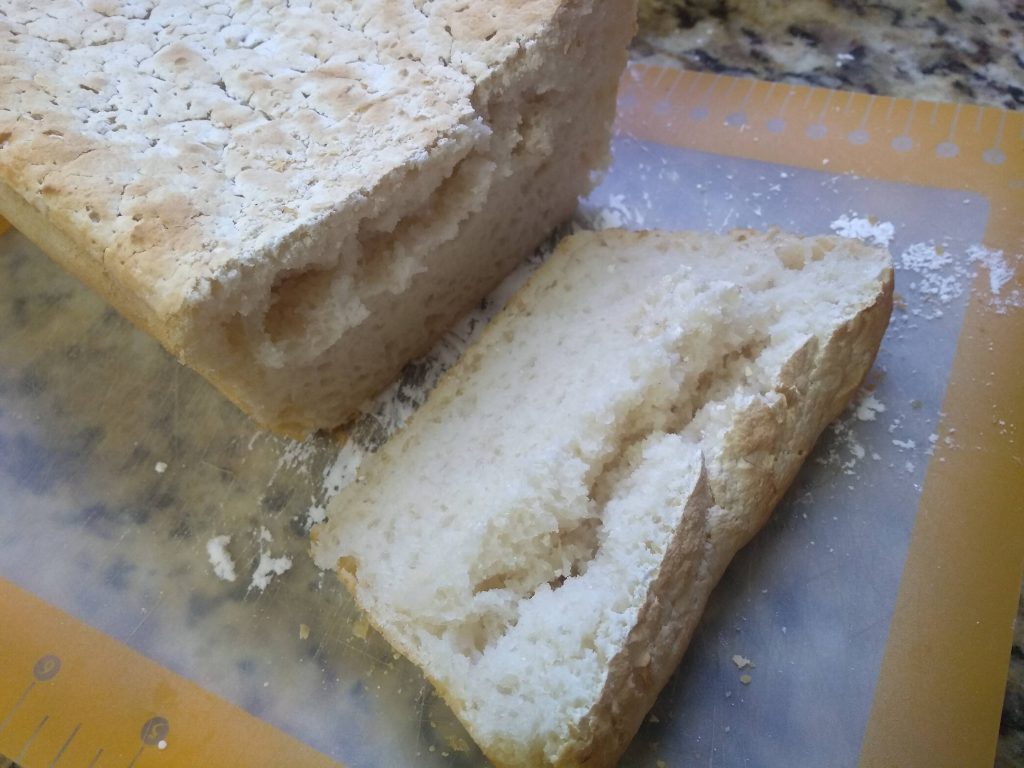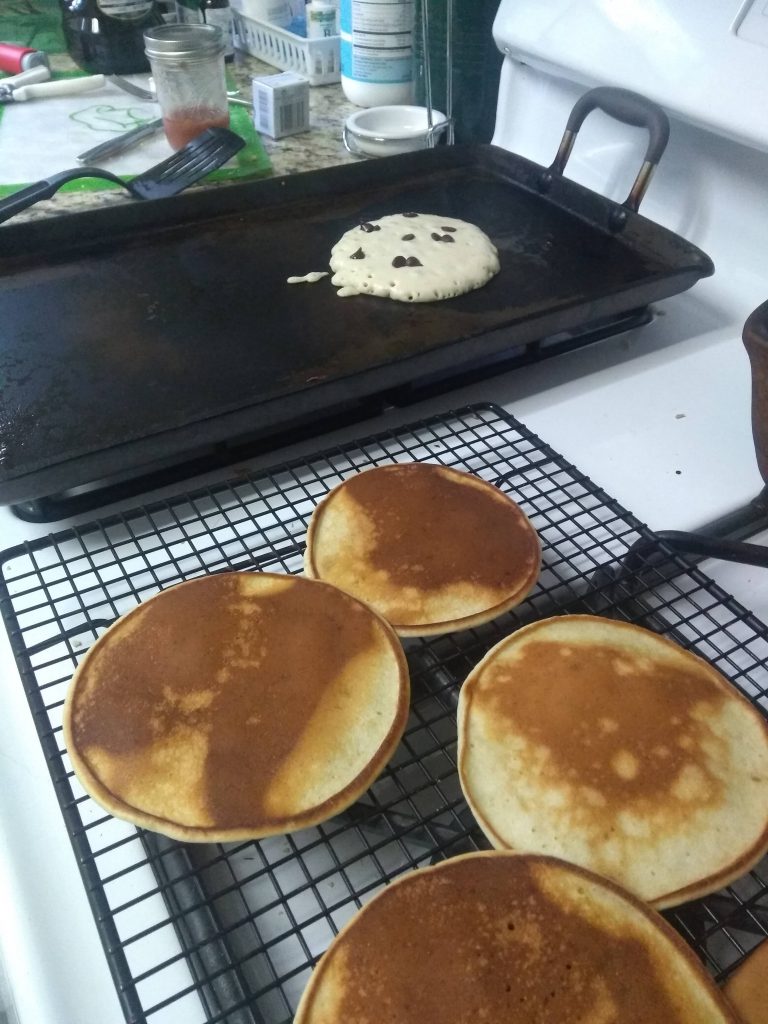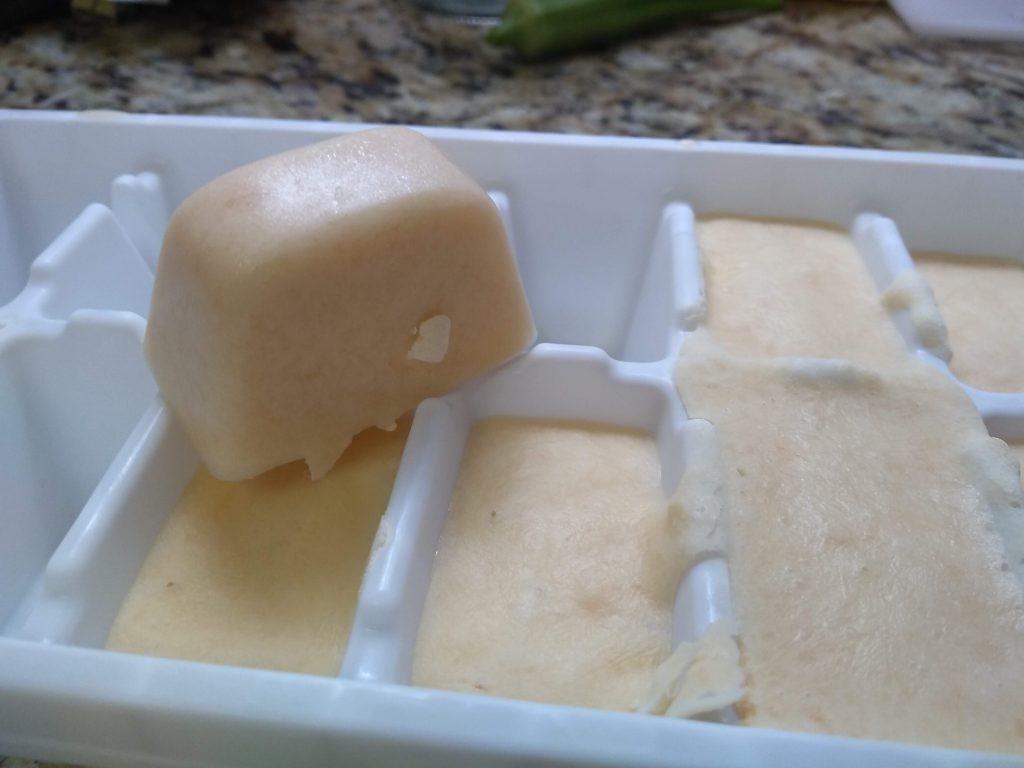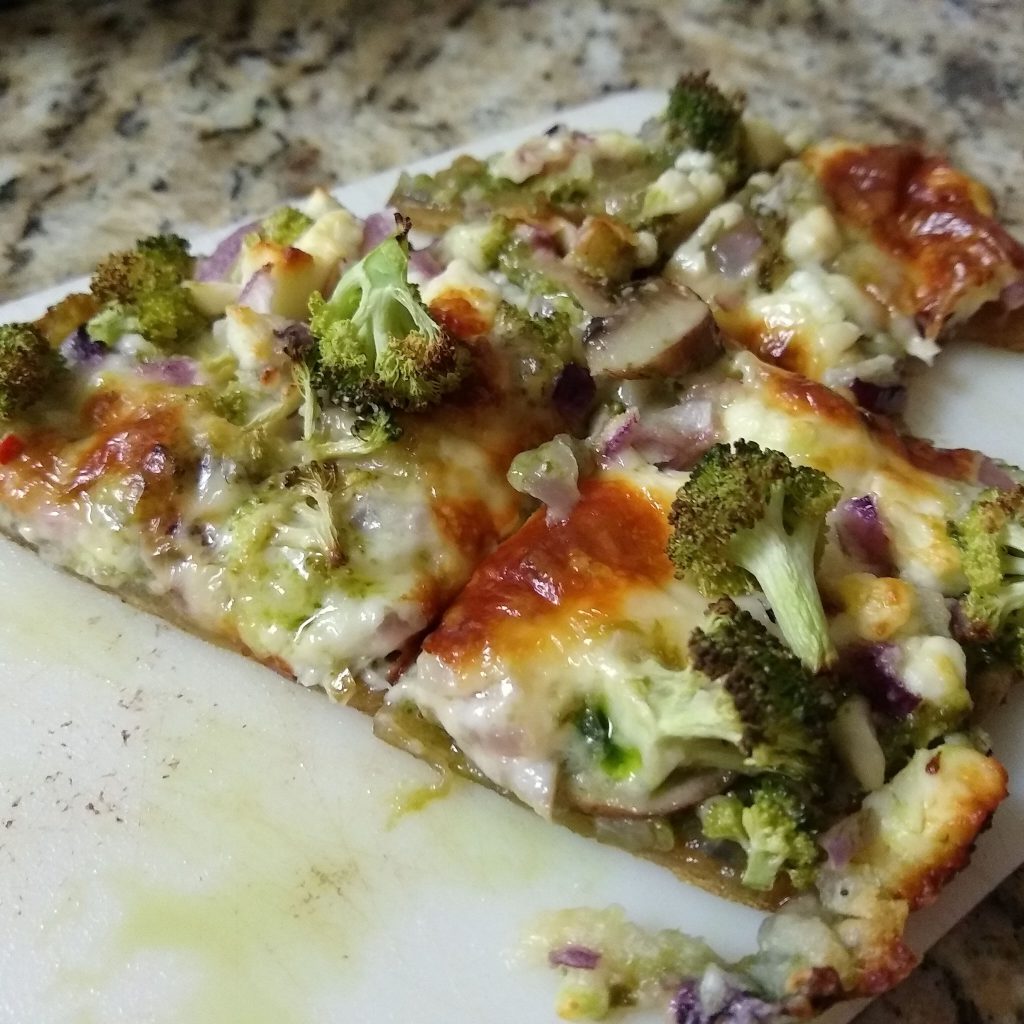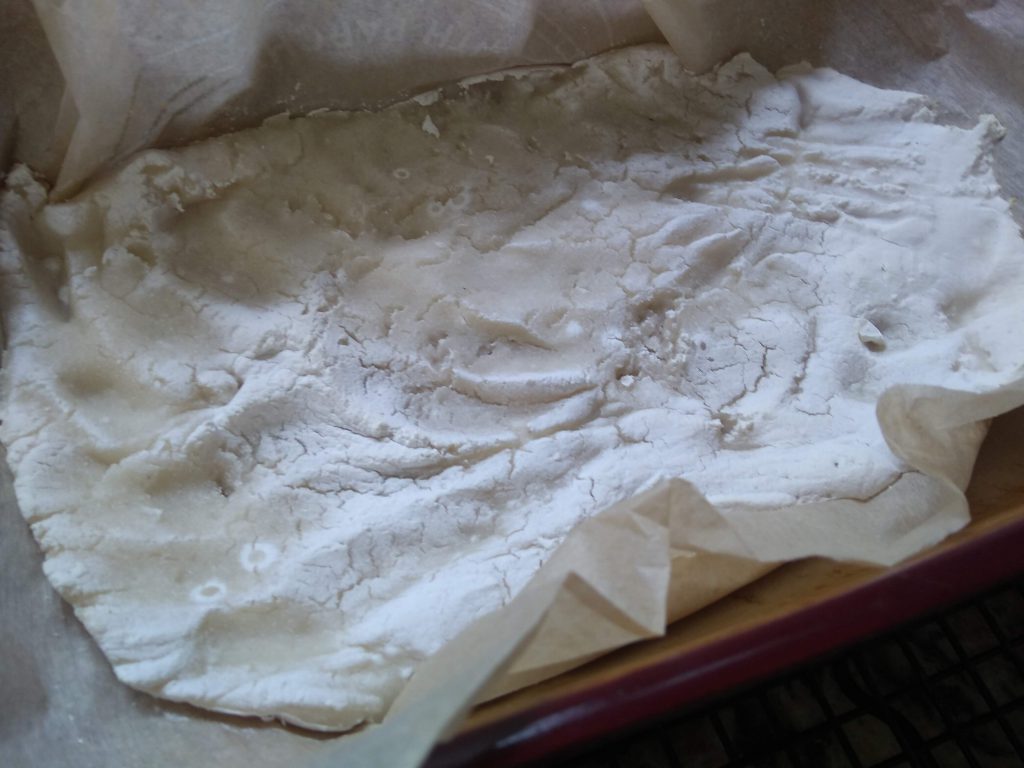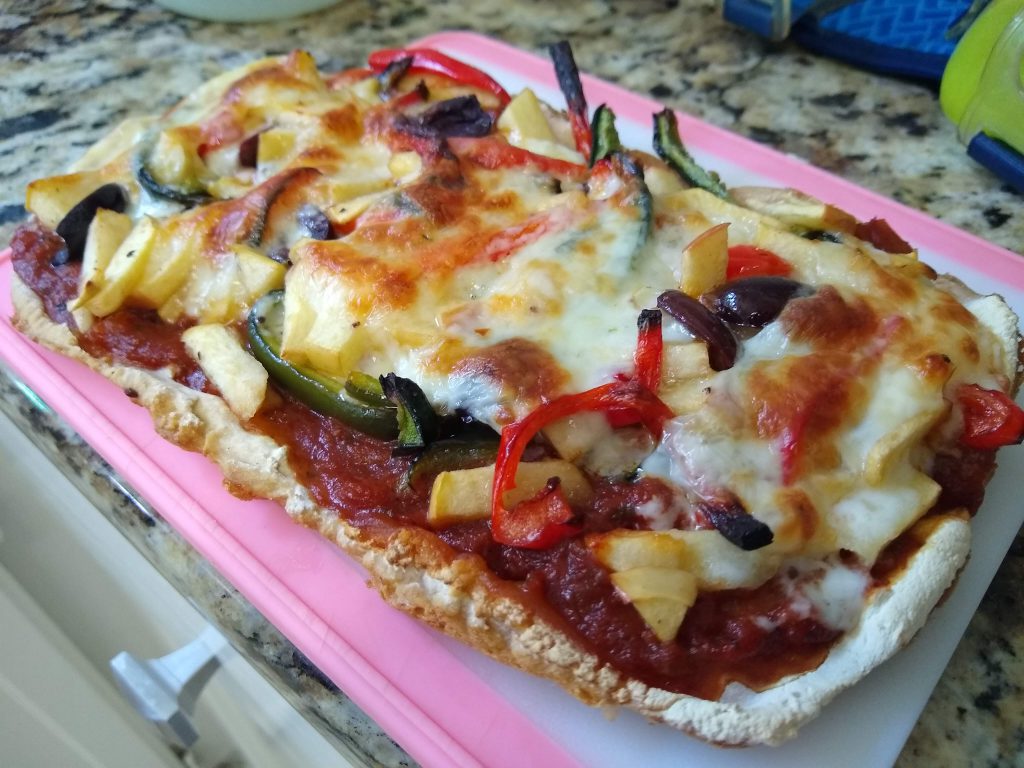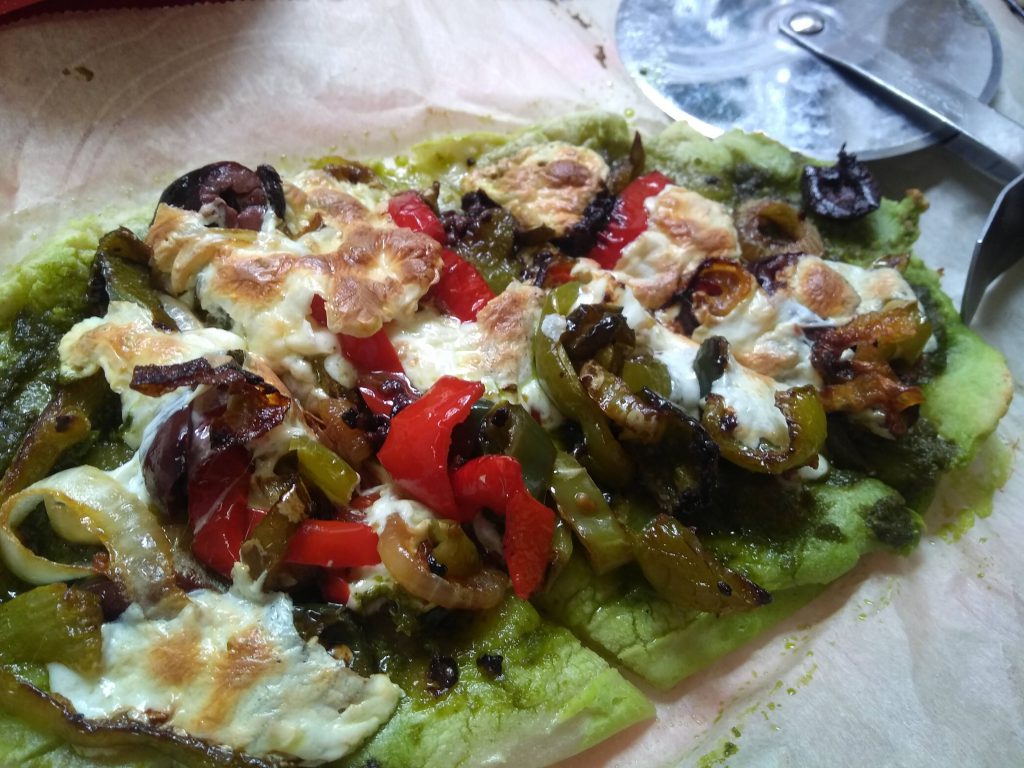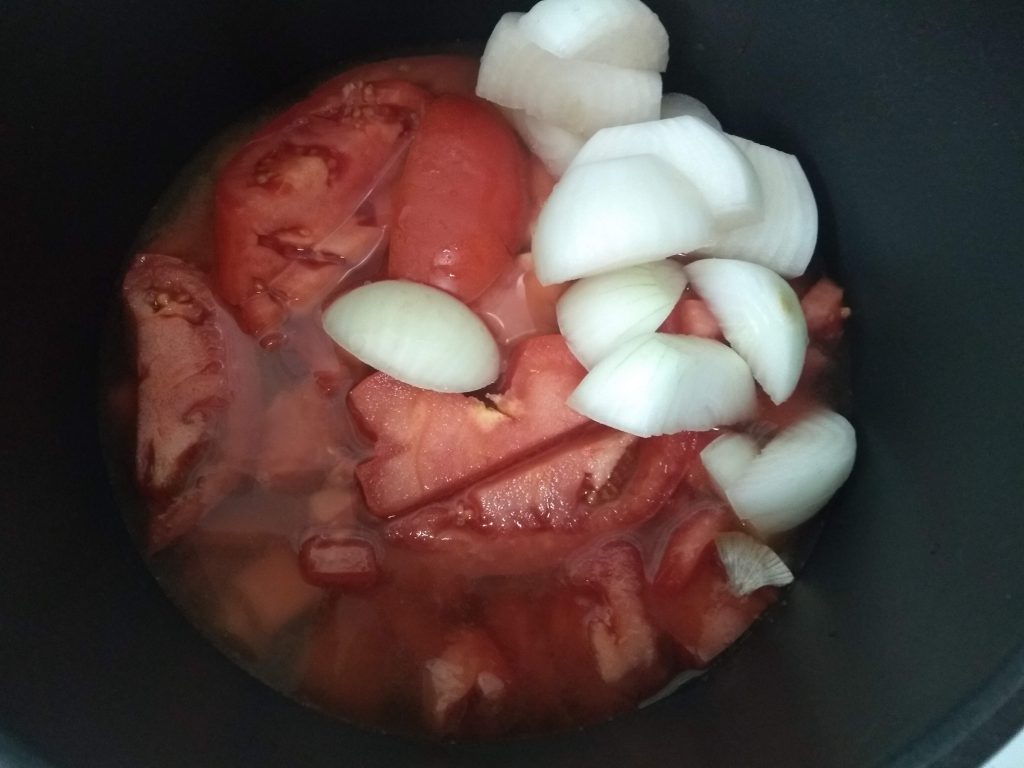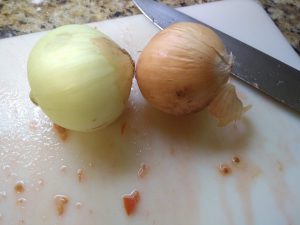There are two general categories of fiber types: slow-twitch (ST, Type I) and fast-twitch (FT, Type II). Don’t let slow-twitch fool you, it doesn’t mean they’re slow! Fiber type has to do with how energy is produced, what substrate (fuel) they prefer, how they recover, what type of rest & rest intervals they need. You can be a fast twitch, which a lot of people associate with muscularity and, for example, sprinters, but they can still be an endurance athlete. We can also go the other way and have a slow twitch person that is a sprinter (though rare). Muscle fiber types actually span on a continuum from that pure slow-twitch to the pure fast-twitch, and everything in between. The key is finding out what your tendencies are and how to best train for that. My best practical example that I came up with was when I was with my run coach: we did a 200 easy then a 200 hard. I did okay on that. But when he let me walk instead of jog, or do standing recovery and then run, that is where I shined. I’ve never really thought of myself as a fast-twitch type, but in terms of recovery, I most definitely am. Is it related to all my medical issues? We don’t know. Time will play out and we’ll find out.
But back to slow twitch and fast-twitch.
You can, with training, shift fiber types toward the others’ characteristics, however your foundational muscle fiber type plays a huge role. Individual characteristics that help identify where you are on the spectrum of fast and slow twitch includes: mitochondrial density, capillary density, oxidative and glycolytic enzyme activity, creatine phosphate stores, and contraction velocity. That was a lot of exercise science in one sentence, I realize.So let’s break it down into something easier to understand. With acute (short term) training we don’t change fiber types, but with chronic training load (8-10+ years), we can shift them. What are you willing to do to get yourself there?
Characteristics of Slow twitch muscle fibers
- Slow to fatigue
- Can utilize carbs, fat & protein as fuel
- Can convert lactic acid back to a usable form of energy
- Lower intensity, long duration capacity
- Recruited first for exercise in most cases
- Greater blood supply (high capillary density)
- Creates muscle “tone” vs size when used (they do hypertrophy but not to the extent of Fast Twitch)
Characteristics of Fast twitch muscle fibers
- Fast to fatigue
- Uses Creatine phosphate and carbs as fuel
- Produces lactic acid as a by-product (not converted to usable form of energy)
- Poor blood supply (low capillary density)
- Short duration, high intensity work
- Recruited as the need for more work as it is created
- Significant increase in muscle fiber size
- Takes 3-5 minutes to completely recover the fuel sources & return to homeostasis
Characteristics of slow-twitch runners.
- Have a limited use of the anaerobic system for end of race kicks.
- Can handle faster easy runs for two reasons: 1) better fuel system so they burn fat at higher intensity and 2) they use slow-twitch fibers at higher intensities before having to recruit fast-twitch.
- Their anaerobic capacity is naturally weak so they need regular injections of faster running to generate some lactic acid.
- Performances are more consistent.
- They can maintain Peak shape for longer.
- They take fewer competitions to reach Peak shape.
- They are better at jog recovery between workout reps than fast-twitchers because they are less reliant on phosphagen and anaerobic systems.
Fast twitch runners on the other hand…
- Have a high anaerobic capacity to use a kick at the end of a race, if it is not used to stay on pace. If the athlete delves into an aerobic capacity to stay on pace too much they have no kick.
- They need easier recovery runs (or skip recovery runs) to make sure they’re fast twitch fibers aren’t recruited.
- They will burn more glycogen at slower paces then slow-twitch Runners, because the fuel system and fat burning is not as developed. They need lots of anaerobic intervals at faster or moderate speeds to increase the lactic threshold instead of threshold runs. For example: 400s at a 10K pace with very short active rest (walking, keep moving, but not jogging).
- Active rest to prevent the anaerobic system from recovering and being used.
- Performance is more irregular.
- Maintain Peak shape for shorter periods of time.
- They need more competition to reach peak shape.
- Needs to be more careful with intensity selection when training aerobically. Much easier to go over the edge and miss your training stimulus.
- Keep long runs very slow as it is very easy to go out quickly and produce lots of lactic acid.
- Standing or walking recovery because it allows recovery of anaerobic and creatinine phosphagen systems. They can better handle short intervals than longer.
- Poor lactic acid management and poor ability to use lactate as fuel.
- They have to augment their Aerobic System with large amounts of energy from the anaerobic system, thus need to work to decrease the amount of augmentation needed so that we can use more of the anaerobic capacity to kick in at the end.
- Will use fast-twitch fibers to help do the work at earlier intensities because they have less slow-twitch fibers.
So what does that mean for you as the athlete?
The long run.
A slow switch runner can handle a longer & faster paced run, as well as adding stuff into the runs – strides, surges, hills, etc. as previously mentioned. Fast twitch runners, however, shouldn’t go running for too long or too fast – the slow-twitch fibers will start to get recruited after a prolonged period of time, which is counterproductive. With the more inefficient fuel system, glycogen depletion happens sooner and can negatively impact subsequent training, or you will need to build in more recovery days. The bottom line is too long or too fast of a long run will negatively impact their anaerobic abilities to a large degree, which is what a fast which athlete thrives off of. So if you’re a fast-twitch athlete, do a long run every other week.
That was a lot to digest, eh? I’ll post the rest in the next Athlete Education post

